5 Knots Every Sailor Should Know
Bowline
The bowline, pronounced ‘bo-lin’, is the most useful and crucial knot you’ll ever learn as a sailor. It’s been used since ancient times and is used to form a fixed noose at the end of a line that cannot run or slip. Bowlines are used for all manner of things on a boat, including attaching the halyards and sheets to the sails.
It’s easy to tie (and untie) a bowline. Form a small loop leaving enough rope for the desired loop size. Next, pass the end of the rope through the loop as though making an overhand knot, continue around the standing end and then back through the small loop. Voila!
Clove Hitch
Clove hitches are another very important knot for sailors. They are brilliant for tying things up temporarily – especially cylindrical items – like a stanchion or pole. Clove Hitches can be tied incredibly quickly and are favoured as they can be adjusted at any time, so it doesn’t matter if you initially made your line too long or too short. A word of warning: clove hitch knots can slip.
Tie a clove hitch knot by wrapping the free end of your line around your item. Cross the rope over itself and wrap around the item again. Finish by tucking the working end under the last wrap and pulling tight.
Stopper Knot
Stopper knots, also known as double overhand stopper knots, are tied at the end of a line to keep it from pulling through a block or rope clutch. They’re also used to stop unravelling at the end of ropes. They are loved as they don’t come loose easily.
There’s more than one way to tie a stopper knot - the easiest being if you use your free hand as a guide. Loop the end of the line twice around the palm of your free hand. Next, tuck the end that’s with your palm under the two loops, and then finally pull the loops from your hand.
Reef Knot
Dating back to ancient times, a reef is a simple binding knot that’s used to tie a rope around something temporarily, rather than when safety and stability are crucial – securing a sail cover, for example. Reef knots are very handy to have in your knot arsenal as they are quick to do and quick to release.
Start with a simple overhand knot, then form a loop with the longer of the line ends. Next, pass this loop through the second overhand knot – as you would when tying shoelaces but with only one knot. Now bring the right-hand loop under the left-hand end. If you’ve tied it correctly the loop should both enter and exit to the left hand side. Now pull tight using the end nearest the knot (the other one is the release).
Cleat Hitch
Cleat hitch knots are specially designed to secure a line to a cleat. Cleat hitches are used all over boats for various purposes including to secure jibsheets or other running lines. Most importantly, they are used for tying a boat to a dock, making them absolutely essential for sailors.
To tie a cleat hitch, take your line around the base of the cleat and then bring back over the top. Next, wrap the line back under the arm of the cleat opposite your first turn and then bring back over the top of the cleat. Now back under the first arm a second time around and then back over the top of the cleat. Your cleat should now have a figure eight pattern over and around it. Form an under hand loop and slip it over the arm of the cleat – this keeps the free end under the last wrap. Lastly, pull the free end tight.
Love sailing? Why not check out our range – we stock everything for yacht, dinghy and sports boats.
Published on 2nd November 2015 in Sailing










































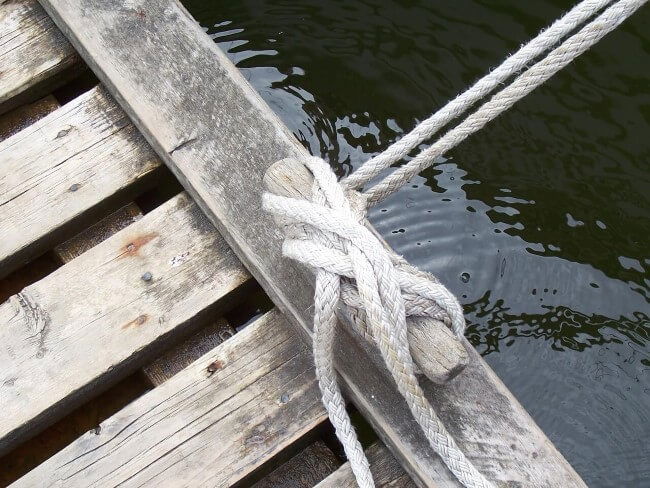

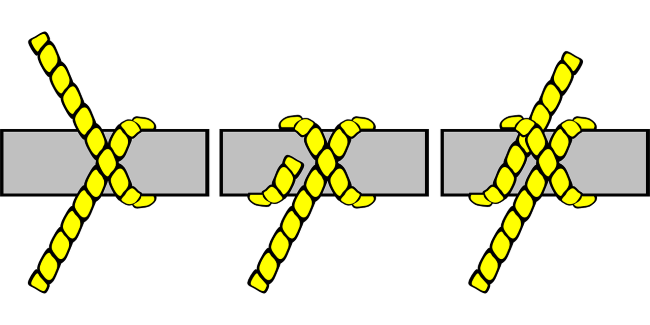

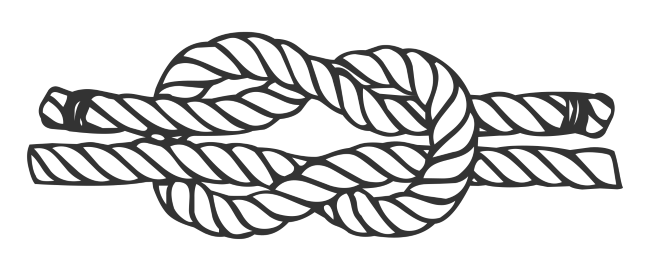
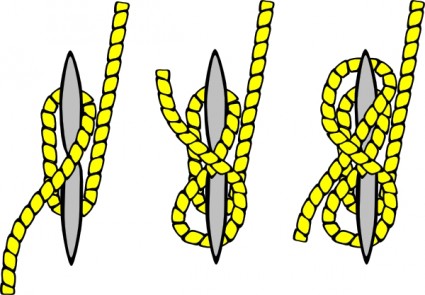





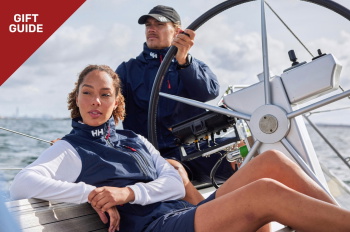


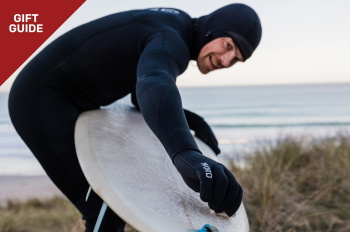



 Visit the US site
Visit the US site 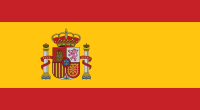 Continuar al ES
Continuar al ES